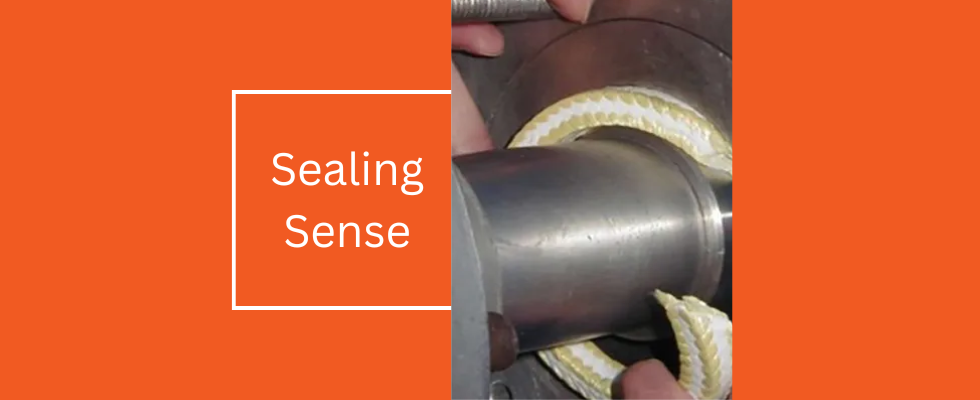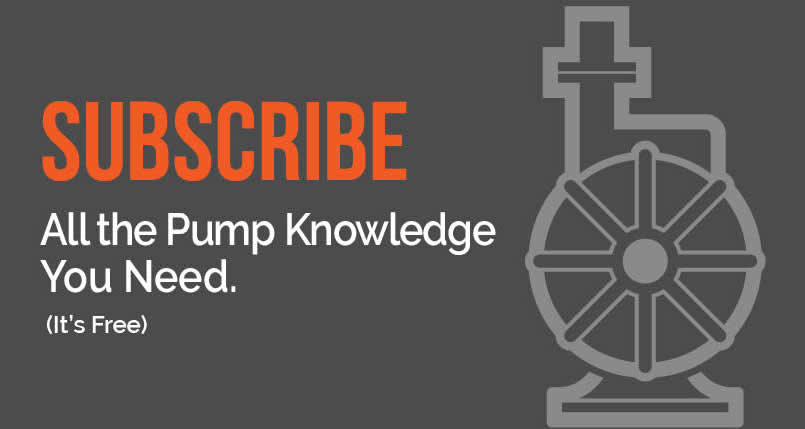
What Is an ASME B16.20 Spiral Wound Gasket?
ASME B16.20 is a standard developed by the American Society of Mechanical Engineers (ASME) that governs the design, materials, dimensions, tolerances and marking of metallic gaskets—specifically spiral wound, kammprofile and ring joint gaskets—for use with flanges covered by ASME B16.5, B16.47 and MSS SP-44.
A spiral wound gasket consists of alternating layers of metal winding (usually stainless steel) and filler material (such as flexible graphite or polytetrafluoroethylene [PTFE]) wound in a spiral shape. This design provides excellent recovery and resiliency under varying loads and temperatures. Many of these gaskets also include inner and/or outer rings made from carbon or stainless steel to help center the gasket and prevent overcompression.
Key Benefits
Some of the benefits of using ASME B16.20 spiral wound gaskets include:
- Sealing performance: The spiral design offers high compressibility and excellent recovery, making these gaskets ideal for handling temperature and pressure fluctuations.
- Ability to withstand high temperatures and pressures: These gaskets are typically rated for service in temperatures up to 850 F or more and pressures over 1,500 pounds per square inch (psi).
- Usage across a wide range of media: Whether water, steam, gases, chemicals or hydrocarbons are being sealed, the filler material can be selected to meet chemical compatibility needs.
- Built to a standard for consistency: ASME B16.20 ensures dimensional accuracy, interchangeability and predictable performance.
- Optional inner rings for added protection: An inner ring improves blowout resistance and protects against inward buckling, shielding the filler from the process media.
Common Applications
These gaskets are commonly found in:
- Petrochemical plants
- Oil and gas refineries
- Power generation (thermal, nuclear and combined cycle)
- Pulp and paper mills
- Chemical processing
- Marine and offshore platforms
- Steam systems and heat exchangers
- Pipelines and compressor stations
They are often used in flange joints for pumps, valves, compressors, pressure vessels and piping systems, especially where leakage is not an option.
Troubleshooting Joint Leakage
Despite the high-performance capabilities of ASME B16.20 spiral wound gaskets, joint leakage can still occur if certain installation or system factors are not properly addressed. When leakage is detected, here are key areas to evaluate:
- Gasket centering and fit: Improper centering can cause uneven load distribution. Outer rings help with alignment, so ensure they match the flange size.
- Torque and bolt load: Under-torquing or inconsistent bolt tightening are common causes of failure. Use a proper bolting pattern and torque values.
- Flange condition: Damaged or warped flanges, excessive surface roughness or corrosion can prevent a proper seal.
- Media compatibility: Chemical attack on the filler material can cause degradation. Always verify chemical compatibility.
- Thermal cycling and vibration: Frequent temperature swings or vibration may cause gasket relaxation. Select materials with high recovery and consider retorquing.
- Incorrect gasket selection: Using the wrong winding metal or filler can reduce service life. Always choose a gasket rated for the application in question.
For demanding sealing environments, ASME B16.20 spiral wound gaskets can offer a high-performance, industry-approved solution that supports operational safety, equipment uptime and regulatory compliance. When joint leakage does occur, these gaskets offer a predictable framework for troubleshooting and resolution.
We invite your suggestions for article topics as well as questions on sealing issues so we can better respond to the needs of the industry. Please direct your suggestions and questions to sealingsensequestions@fluidsealing.com.
For more on gaskets, visit pumpsandsystems.com/tags/gaskets.

